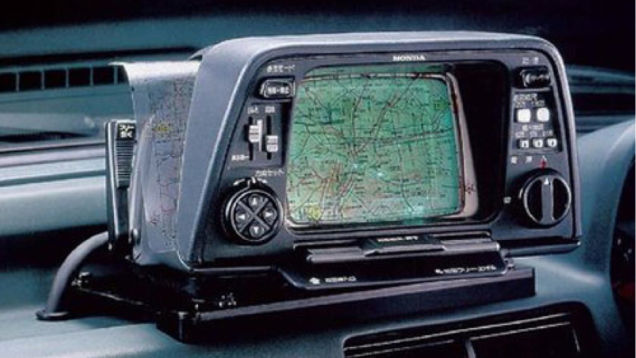So, if you were in the market for a car navigation system for your brand new Honda Accord in 1981, what could you get?
Well, in 1981 the car navigation system market was dominated by paper printed maps, road signage and the good advice of complete strangers.
Actually until 1981 – there was no market for car navigation systems. GPS was almost 15 years into the future, and even KitLocate was more than 30 years away!
Honda, we now know – pioneered it, introducing this beauty:
How could anyone say no?
Well, for starters, it was not cheep.
Honda was asking the equivalent of $7000 USD in 2014 money for its Electro Gyro-Cator and using it was, let’s put it mildly, was not so intuitive…
The tech part is super cool – with no GPS in sight for the next 15 years, Honda’s engineers based their new car navigation solution (and the industry’s first) on inertial navigation technology adopted from military systems used by fighter pilots and unmanned missiles since the 1940’s.
So how does inertial navigation technology work?
Our good friends, at jalopnik.com explain, “Inertial navigation systems are based on a pretty simple principle. If you know where you started, you know how far you travelled, and you know which direction you were headed in, then it should be easy to know where you are. Apply that concept continuously, and you’ve got the workings of a basic navigation system.” If you want more please check out Michael Ballaban original piece at Jalopnik.
Do not forget to check out this video:


Leave a Reply